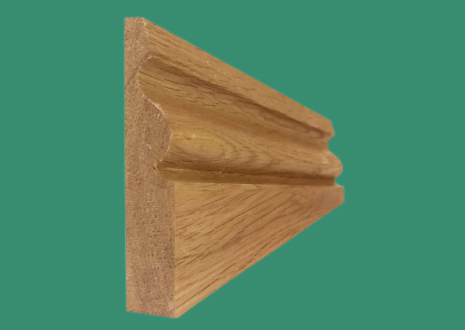Glossary

Architraves | Arcs are words that originate from the ancient Greek word epistyle used to describe the plaster feature at the top of columns. In modern architecture, an Architrave | Arcs is used to describe the moulding that rounds of walls, doorways or even windows.
While Architrave is the correct team they can also go by door frames, surrounds or castings.
Architraves | Arcs are typically made out of wood but can come in different materials such as plastics or (rarely) metal.
Architraves | Arcs are used for two reasons. Firstly they are a great way to embellish a room. Although minimalistic designs are favoured in modern builds for their easy to clean nature, they can come in elaborate designs. The second use for Architraves | Arcs is more practical.
They protect the joints between the wall and the door to the exterior side of the window and wall much like the skirting bored dose. Edges to plaster are the most likely places for damage like cracking and crumbling to accrue. An Architraves | Arc around these edges can prevent this.
Gloss paint definition
Gloss paint is a term that describes any paints that when dry reflects some amount of light. Gloss paints can come in a wide range of variety in the amount of light that is reflected from matte (that has little reflection) to high gloss (which is very reflective) and varying levels between each, which are […]
Eggshell paint
Eggshell is a term that is used to describe paint with a very slight sheen between matte satin paint. As indicated by its name when dry it has an appearance is similar to that of an eggshell. As eggshell has a slight sheen it does reflect light giving the painted surfaces a lighter appearance as […]
Obtain Free,
No-Obligation Quotation